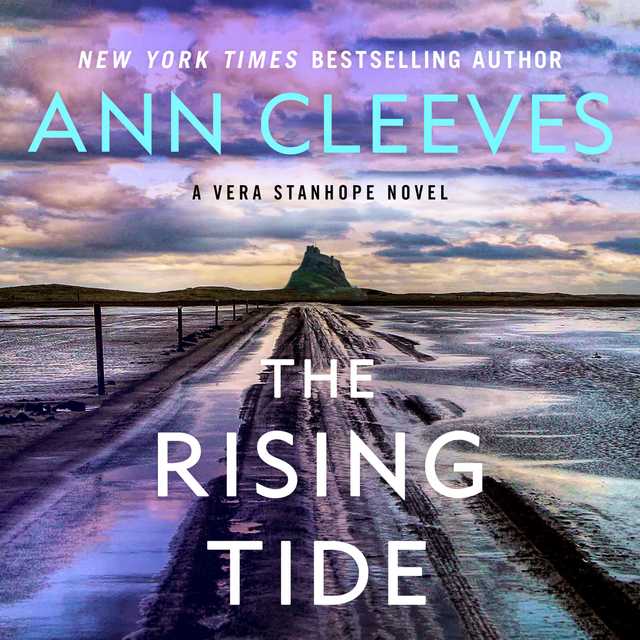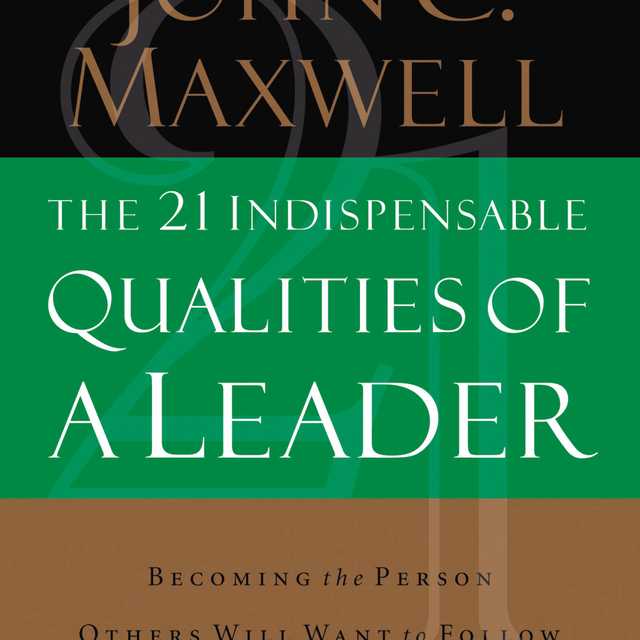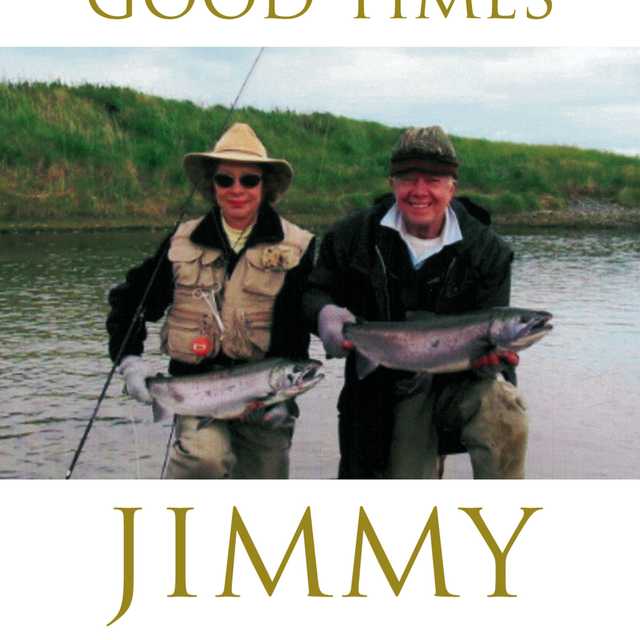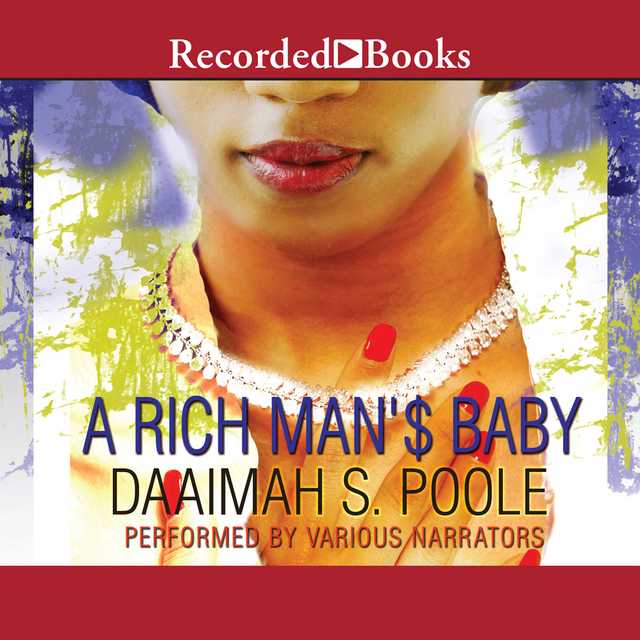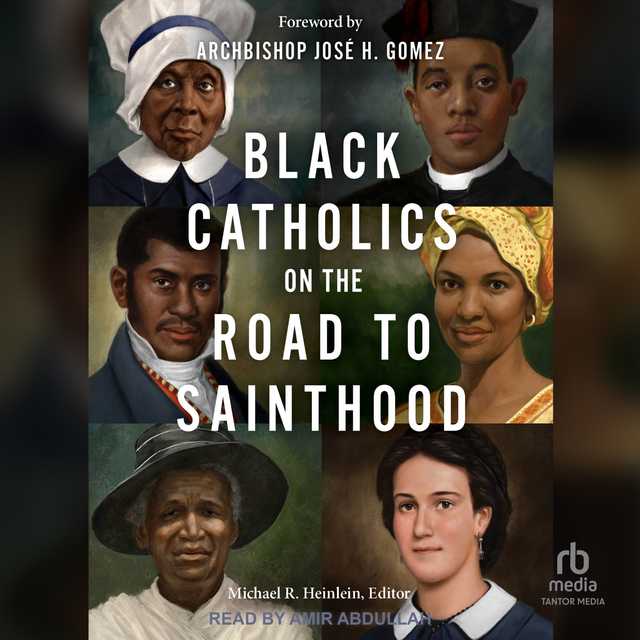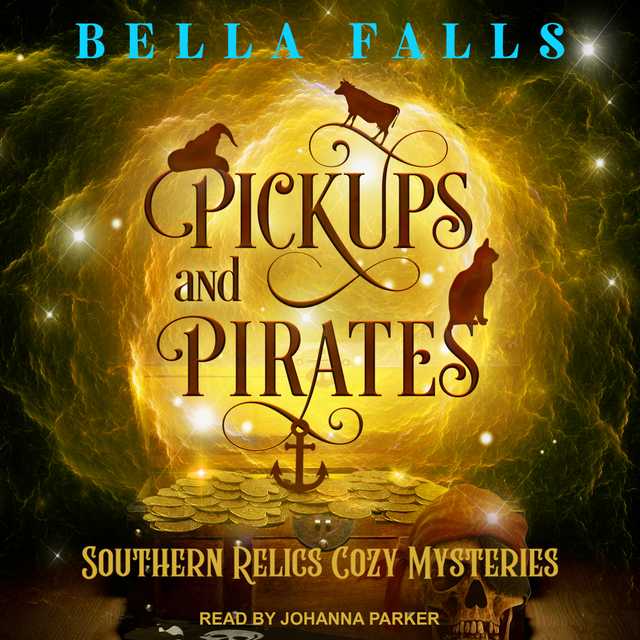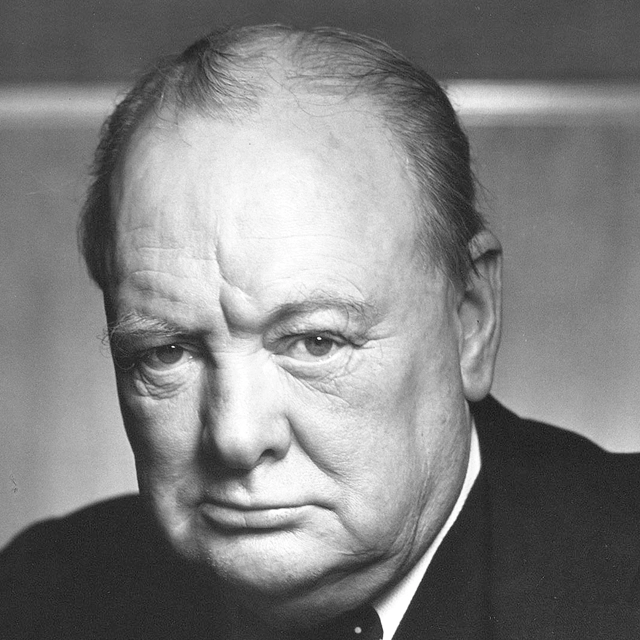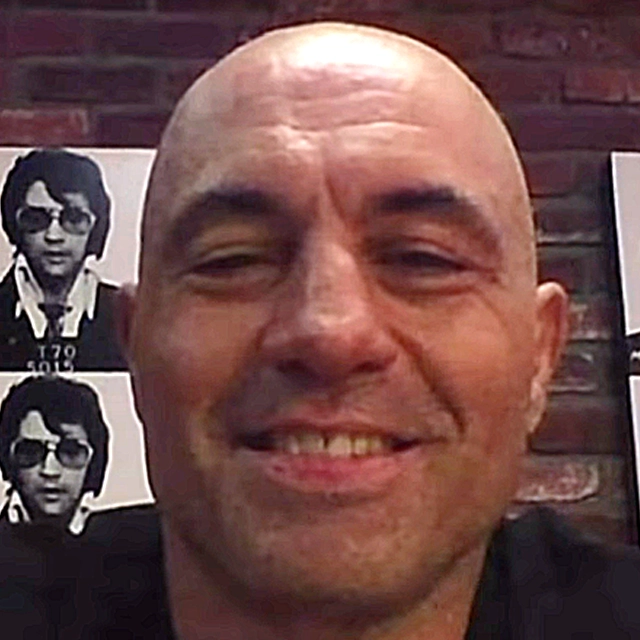Semicolon Audiobook Summary
A page-turning, existential romp through the life and times of the world’s most polarizing punctuation mark
The semicolon. Stephen King, Hemingway, Vonnegut, and Orwell detest it. Herman Melville, Henry James, and Rebecca Solnit love it. But why? When is it effective? Have we been misusing it? Should we even care?
In Semicolon, Cecelia Watson charts the rise and fall of this infamous punctuation mark, which for years was the trendiest one in the world of letters. But in the nineteenth century, as grammar books became all the rage, the rules of how we use language became both stricter and more confusing, with the semicolon a prime victim. Taking us on a breezy journey through a range of examples–from Milton’s manuscripts to Martin Luther King Jr.’s “Letters from Birmingham Jail” to Raymond Chandler’s The Big Sleep–Watson reveals how traditional grammar rules make us less successful at communicating with each other than we’d think. Even the most die-hard grammar fanatics would be better served by tossing the rule books and learning a better way to engage with language.
Through her rollicking biography of the semicolon, Watson writes a guide to grammar that explains why we don’t need guides at all, and refocuses our attention on the deepest, most primary value of language: true communication.
Other Top Audiobooks
Semicolon Audiobook Narrator
Pam Ward is the narrator of Semicolon audiobook that was written by Cecelia Watson
Cecelia Watson is a historian and philosopher of science, and a teacher of writing and the humanities. She is currently on Bard College’s Faculty in Language and Thinking. Previously she was an American Council of Learned Societies New Faculty Fellow at Yale University, where she was also a fellow of the Whitney Center for the Humanities and was jointly appointed in the humanities and philosophy departments.
About the Author(s) of Semicolon
Cecelia Watson is the author of Semicolon
More From the Same
- Publisher : HarperAudio
- Abraham
- American Gods [TV Tie-In]
- Dead Ringer
- House of Sand and Fog
- Prey
Semicolon Full Details
| Narrator | Pam Ward |
| Length | 3 hours 47 minutes |
| Author | Cecelia Watson |
| Category | |
| Publisher | HarperAudio |
| Release date | July 30, 2019 |
| ISBN | 9780062917935 |
Subjects
The publisher of the Semicolon is HarperAudio. includes the following subjects: The BISAC Subject Code is Composition & Creative Writing, Language Arts & Disciplines
Additional info
The publisher of the Semicolon is HarperAudio. The imprint is HarperAudio. It is supplied by HarperAudio. The ISBN-13 is 9780062917935.
Global Availability
This book is only available in the United States.
Goodreads Reviews
Lou (nonfiction fiend)
July 29, 2019
The semicolon has to undoubtedly be the most divisive and misunderstood punctuation mark in history, closely followed by the Oxford comma. In Semicolon, Ms Watson discusses the history, use, misuse and powerful impact the semicolon can have on a person's writing. A famously tricky method of punctuation scares some, and hence why many shy away from even attempting to use it. But, here, the author shows just how simple and effective it can be.The author has managed to make a rather dry topic quite lighthearted and entertaining through wit and humour that is interspersed throughout. It is clearly extensively researched as all the information seems to be sound, and it's actually pretty fascinating. Highly recommended to those who are sticklers for correct grammar and punctuation and those who wish to know more about the semicolon. Many thanks to 4th Estate for an ARC.
Gerhard
September 01, 2021
If you think that an entire book about the ‘semicolon’ is likely to be a stuffed-shirt of a read, think again. Cecelia Watson does an incredible job of illuminating the eccentricities of the English language. Her central argument is that the purpose of any language is ‘communication’, which also extends to empathy and understanding.This is far more important than following any set of rules, or expecting any users of ‘your’ language to not only be aware of all of these rules, but to conform to them strictly. The end result is what David Foster Wallace referred to as Standard Written English (SWE), which other more cynical people have termed Standard White English:Those of you readers who speak English as a first language, like I do, enjoy a remarkable privilege: we speak the most widely spoken language in all the world. This is a wonderful advantage for us; the pre-eminence of English does as much as aeroplanes and the Internet do to make the world small enough that we can skip across its circumference in ways both real and virtual that our grandparents wouldn’t have dreamed possible. At the same time, many native English speakers never experience what it’s like to struggle to communicate basic needs to a shop assistant; or to be lost on the underground, the air filled with indecipherable phonemes that offer no aid; or to be talked down to as though you’re an idiot by someone who has heard your foreign accent.The best part of the book for me is when Watson takes a deep-dive into writers as diverse as Herman Melville, Irvine Welsh and Henry James. Interestingly, their use of the dreaded semicolon is often ungrammatical (those pesky rules again), but Watson explains exactly why these masters use this ‘wink of ink’ so brilliantly by analysing a select passage by each author.I write and edit for a living, and therefore am the last person to explain any rules of grammar to anyone. Cecelia actually says the best way to learn a language is to read as much as possible, so that you absorb its structure and are able to manipulate it almost intuitively. I’ll add to this and say that if you want to appreciate the power and beauty of English as a language, and what can be unleashed if you dare to break any of its myriad byzantine grammar rules, is also to read as much poetry and experimental fiction as possible.
Niklas
March 20, 2019
How should one go about writing a pop-scientific book that is solely about the semicolon? Is it best to be bone dry and scientific, as with most dictionaries, or bone dry and severely funny, as with Benjamin Dreyer's "Dreyer's English"?Thankfully, Cecelia Watson approaches this nerdy subject with both clerical adroitness and humour, and she constructs all of this chronologically. From the start of her book:How did the semicolon, once regarded with admiration, come to seem so offensive, so unwieldy, to so many people? Asking this question might seem academic in all the worst ways: what practical value could there be in mulling punctuation, and in particular its history, when we have efficiently slim guidebooks like Strunk and White’s The Elements of Style and thick reference volumes like The Chicago Manual of Style to set straight our misplaced colons and commas? We have rules for this sort of thing! But rule-based punctuation guides are a relatively recent invention.Indeed, the beginning of the book is the beginnings—yes, plural—of grammar, and Watson pulls this off by being discreet and funny at the same time:Courts of law, too, were in a lather over how to deal with punctuation marks: a semicolon in an 1875 legal statute caused all of Boston to fly into a panic when courts opined that the semicolon meant that alcohol couldn’t be served past 11:00 P.M. (Bostonians, ever resourceful, devised some pretty clever ways to get drunk well into the wee hours until the statute was finally revised six years after it went into force.)That story brings the semicolon (and how people perceive it) to life; Watson's view on linguistic rules is both sane and open:I wouldn’t deny that there’s joy in knowing a set of grammar rules; there is always joy in mastery of some branch of knowledge. But there is much more joy in becoming a reader who can understand and explain how it is that a punctuation mark can create meaning in language that goes beyond just delineating the logical structure of a sentence.Watson's use of examples, both in terms of style and real-life legal wrangles, are illuminating, informative, scary, and funny. Here's one magnificent example of legal issues due to a missing semicolon (or, begrudgingly agreed, a rewrite):A particularly heart-wrenching case that was tried on the cusp of the Great Depression painfully illustrates the problems that can be caused by a missing semicolon. In 1927, two men were convicted of murder in New Jersey.The jury’s verdict and sentencing recommendation was written as follows: “We find the defendant, Salvatore Merra, guilty of murder in the first degree, and the defendant, Salvatore Rannelli, guilty of murder in the first degree and recommend life imprisonment at hard labor.”The judge interpreted the life imprisonment recommendation as applicable only to Rannelli, since that recommendation followed only the repetition of “guilty of murder in the first degree” after Rannelli’s name. Using this reasoning, the judge sentenced Salvatore Merra to death for the same crime.In an eleventh-hour appeal, Merra’s lawyer (and New Jersey senator) Alexander Simpson argued that the jury meant the life imprisonment recommendation to apply to both men—otherwise, the jurors would surely have used a semicolon to separate their verdict on Merra from their verdict on Rannelli, so that the verdict would have read: “We find the defendant, Salvatore Merra, guilty of murder in the first degree; and the defendant, Salvatore Rannelli, guilty of murder in the first degree and recommend life imprisonment at hard labor.”The prosecution, on the other hand, countered that the jury clearly intended for Merra to die.Watson goes through punctuation, grammar, and style by examining text and sayings by authors, for example, Irvine Welsh, Raymond Chandler, and Herman Melville.Speaking of the latter, "Moby-Dick" contains around 210,000 words and 4000 semicolons; one for every 52 words, of which Watson notes that "[t]he semicolons are Moby-Dick’s joints, allowing the novel the freedom of movement it needed to tour such a large and disparate collection of themes."There's a particularly wondrous dissing of David Foster Wallace, the author who is—by many white men—considered to be The Golden Child of the 21st century where language is concerned. Watson not only disses his "because"-form-of-logic stance on Standard written English, but also of his oft-failed grammar. It's fun to see, albeit a tad strange to see her rant go on for as long as it does.All in all, this is a fun book to read. Watson has chosen to balance stories of grammatical rules and real-life examples of how the semicolon has been used (and abused), framing it all in neat paragraphs that stand out, simply because they're valuable. If this is a sign of things to come from this author, I will keep eyes peeled.
Alan
November 27, 2020
I don't think I know a single other person who would enjoy Cecelia Watson's Semicolon as much as I did—no, not even the talented former coworker who impressed me greatly by using appropriate semicolons in her technician's notes. Which is a shame, because this book turned out to be lively and entertaining, and surprisingly wide-ranging considering its brevity and niche subject.Watson does not confine herself to the consideration of the semicolon—she branches out, relating the use of commas, dashes and all the other marks, and delving into their real-world impacts on society, justice, and the law. Regarding the execution of Salvatore Merra, which rested on the omission of a single comma, Watson notes:{...}it doesn't necessarily mean that the decision of the court was motivated by bigotry. It could be coincidence. But such coincidences deserve our attention and our vigilance. So many discrete racist or other malignantly biased acts can be excused as meaningless matters of happenstance, just as a puzzle piece looks like an abstract blob of nothing until hundreds of them are assembled all together and then suddenly—we see.—p.84Semicolon spends a lot of time—as it must—acknowledging its topic's negative reputation; one example that struck home for me:{...}my friends James Harker and Paul Fessa decide that the semicolon is "the California stop of punctuation."—p.95Technically legal (but only in some contexts), usually misused, and often annoying to watch... yeah, I can see that.I also agree with Watson's observation that authors' ability to analyze and control their own work only goes so far:There's an extent to which your analysis of your own work is an interesting jumping-off point for criticism, but there's equally an extent to which your writing is its own entity and exists independent of you and your intentions and your hopes and dreams.—p.105*For small erections may be finished by their first architects; grand ones, true ones, ever leave the copestone to posterity. God keep me from ever completing anything. This whole book is but a draught—nay, but the draught of a draught.—From Herman Melville's Moby-Dick, on p.128.Still not gonna read it, though!*Watson herself is an excellent prose stylist, by the way. I noticed only one awkwardness in Watson's writing, and it's a very minor one:Although it would be a mistake to chalk up to mere performance King's stylistic choices and his careful cultivation of a distinguished intellectual family tree{...}—p.165How much better would have been, "Although it would have been a mistake to chalk up King's stylistic choices and his careful cultivation of a distinguished intellectual family tree to mere performance{...}"—but then later on the very same page Watson brought me joy by using the phrase "the first person to home in on" (as opposed to the meaningless but all-too-common "hone in on").I also really enjoyed Watson's deft takedown of David Foster Wallace:Where Wallace sees moral high ground lush with the fruits of knowledge, I see a desolate valley, in which the pleasures of speaking "properly" and following rules have choked out the very basic ethical principle of giving a shit about what other people have to say.—p.170*I became aware of Semicolon through a rather unusual path, a testament to the value of serendipity: I saw a picture of its cover on Flickr, of all things (although good luck finding the image there among the more than 19,000 other images in See Reeves' feed). I am glad to have discovered that the book behind that cover is even better than that snapshot... even if I'm the only one I know who thinks so.
Moonkiszt
December 03, 2019
This short, intense book was a very pleasurable read! I usually have a small goal when I begin each book - hoping for a change, to take away a nugget, to learn a new fact, identify a take-away. . . .sometimes they are specific and form in my brain before the book is opened and some pop-up as it ends. In this case, I wanted to know exactly what is the "right" function of a semicolon in the world of writing.HA! Yeah. I was engaged from the very beginning, stayed that way when it got technical. Laughed when it was comical, outraged when the narrative went racial, and then when because of a semicolon a man lost his life (for real. he did. stupid judge.). I was with it. I just knew the book would end with the magic nugget I wished for. Use for this, not for that, she is right, he is wrong, etc., etc. . . . There was a moment during the general punctuation discussion, and the purpose of all punctuation and grammar that reminded me of the basics of my very first introduction to musical notation - the purpose - to codify rhythm, volume, mood, atmosphere. . . .to express, to convey, to extract more than just notes (more than just words). . . .As the end drew nearer it became clear. Ms. Watson was passionately persuading, and I could feel the pull. The tide of her subtext argument was gathering. . .in fact, the sands supporting my readerly self were swiftly dissolving in an undertow that threatened to leave me adrift, and did! Arguing for the art of vagarity, and so vagarious, she appears to present the semicolon as the best paintbrush for a pause; for imprecise, inexact, indistinct, hazy atmosphere in our English language. And this requires. . . .a relaxing of the Rules. Perhaps even a banishment, at least as it relates to Semicolon. Strict interpretation certainly cast OUT. Rules only go so far, and semicolon goes beyond and should be allowed to go farther - free interpretations for ALL!This was a book to which I listened - untouchable and already returned to the digital library from whence it came. I need a TANGIBLE copy of this! I will buy my own copy! I will mark it up, write notes in its cracks and crevices, highlight quotes and dogear my favorite pages. I will lipstick its inside covers with my own passion.Soon I hope she considers my favorite punc-mark and writes her next book: the ellipsis. . . .(A romp if you are into these sorts of things. Maybe even if you are not!)
Tabby
January 06, 2020
We all know the Grammar Nazi. Meet the Grammar Punk.
Joyce
October 21, 2020
Who knew punctuation could cause such controversy! Enthusiastic, engaging exploration of a generally lesser-used type of punctuation. I confess I was astonished by all the confusion about its use. I love books about grammar and punctuation, and this one reminded me of Nancy Willard's Simple Pictures Are Best, one of my daughter's favorite children's book. Paraphrasing that: Simple rules are best.
Zach
February 15, 2021
People will try to tell you to just use a period; sometimes people are obtuse and banal.
Kirsten
August 13, 2019
Absolutely delightful, and even at some times gripping! Watson wields footnotes with an almost Pratchettian assurance.
Leo
July 28, 2019
kept me up until 5am. watson has a subtle seductive prose that brings to life fundamental philosophical issues of language that go far beyond punctuation; this book is absolutely worth your time...
Dale
November 20, 2020
Why did Raymond Chandler seldom use semicolons in his Philip Marlowe novels, while peppering his essay “Oscar Night in Hollywood” with them? How did a semicolon restrict alcohol consumption in Massachusetts, and much more harshly, how did one lead to the execution of Salvatore Merra while serving up life imprisonment for his partner-in-crime and tocayo Salvatore Rannelli? And how did the semicolon help establish that wonderful cadence, that intensifying swell, in Martin Luther King Jr.’s “Letter from a Birmingham Jail?”The answer to those and other semicolon questions you’ve never thought to ask are contained in Cecilia Watson’s delightful book--you guessed it--Semicolon. But it would be a huge disservice to write of this book as though it were merely a compendium of semicolon trivia; it is far more. It is in part a history of punctuation, a story of the attempts to codify and constrain punctuation in general and the semicolon in particular; it provides a close inspection of how writers as different as Rebecca Solnit and Irvine Welsh, of why Mark Twain bristled when his semicolons were edited out, and when the semicolon speeds things up and when it slows things down.She also makes a plea for a common sense approach to punctuation, arguing for a more flexible acceptance of punctuation norms. She even extends this argument to a call for more inclusive styles of writing. She serves up a hefty criticism of the late David Foster Wallace for his for his tête-á-têtes with black students during which he would advocate that they write in SWE--Standard Written English.Watson writesRules, considered as frameworks within which to work rather than as boundaries marking the outer limits of rhetorical possibility, might spur creativity, just as a poet might find it productive to work within the strictures of the sonnet form. But we would be making a big mistake to teach the only “legal” way to write poetry is to write sonnets. The same goes for punctuation rules.Perhaps this will be some balm for the souls of some of you who, in spite of the story told in this book, still feel attached to The Elements of Style or Fowler or whatever your preferred grammar tome might be. Does this mean that I can finally disobey Rule 1 of Strunk and White (Form the possessive singular of nouns by adding ‘s. Follow this rule whatever the final consonant.) and write Charles’ rather than Charles’s without feeling like I’ve committed a third-degree misdemeanor?There are many compelling reasons to read Ms. Watson’s book. It provides a history of the evolution of the semicolon and its often nebulous place in punctuation. There are superb examples of how varied writers have tamed the wild and elusive semicolon to add spice, cadence, thoughtfulness, and desired ambiguity to their work. But perhaps best of all this book can be appreciated as a work of scholarship, the fine wine that has been distilled from the many literary vineyards Watson has visited; it is the byproduct of years of nuanced reading, writing, thinking, and assembling.
Farah
July 31, 2022
loved this book Ostensibly about the history of semi colon use, it's also a passionate and political argument against language snobbery and for language joy.
Melanie
September 12, 2019
This book is delicious. It's funny, it's learned, it's humane; it even convinced me to read paragraphs from Moby-Dick, or, the Whale, which I have been beyond-loath to do.
Most Popular Audiobooks
Frequently asked questions
Listening to audiobooks not only easy, it is also very convenient. You can listen to audiobooks on almost every device. From your laptop to your smart phone or even a smart speaker like Apple HomePod or even Alexa. Here’s how you can get started listening to audiobooks.
- 1. Download your favorite audiobook app such as Speechify.
- 2. Sign up for an account.
- 3. Browse the library for the best audiobooks and select the first one for free
- 4. Download the audiobook file to your device
- 5. Open the Speechify audiobook app and select the audiobook you want to listen to.
- 6. Adjust the playback speed and other settings to your preference.
- 7. Press play and enjoy!
While you can listen to the bestsellers on almost any device, and preferences may vary, generally smart phones are offer the most convenience factor. You could be working out, grocery shopping, or even watching your dog in the dog park on a Saturday morning.
However, most audiobook apps work across multiple devices so you can pick up that riveting new Stephen King book you started at the dog park, back on your laptop when you get back home.
Speechify is one of the best apps for audiobooks. The pricing structure is the most competitive in the market and the app is easy to use. It features the best sellers and award winning authors. Listen to your favorite books or discover new ones and listen to real voice actors read to you. Getting started is easy, the first book is free.
Research showcasing the brain health benefits of reading on a regular basis is wide-ranging and undeniable. However, research comparing the benefits of reading vs listening is much more sparse. According to professor of psychology and author Dr. Kristen Willeumier, though, there is good reason to believe that the reading experience provided by audiobooks offers many of the same brain benefits as reading a physical book.
Audiobooks are recordings of books that are read aloud by a professional voice actor. The recordings are typically available for purchase and download in digital formats such as MP3, WMA, or AAC. They can also be streamed from online services like Speechify, Audible, AppleBooks, or Spotify.
You simply download the app onto your smart phone, create your account, and in Speechify, you can choose your first book, from our vast library of best-sellers and classics, to read for free.
Audiobooks, like real books can add up over time. Here’s where you can listen to audiobooks for free. Speechify let’s you read your first best seller for free. Apart from that, we have a vast selection of free audiobooks that you can enjoy. Get the same rich experience no matter if the book was free or not.
It depends. Yes, there are free audiobooks and paid audiobooks. Speechify offers a blend of both!
It varies. The easiest way depends on a few things. The app and service you use, which device, and platform. Speechify is the easiest way to listen to audiobooks. Downloading the app is quick. It is not a large app and does not eat up space on your iPhone or Android device.
Listening to audiobooks on your smart phone, with Speechify, is the easiest way to listen to audiobooks.











